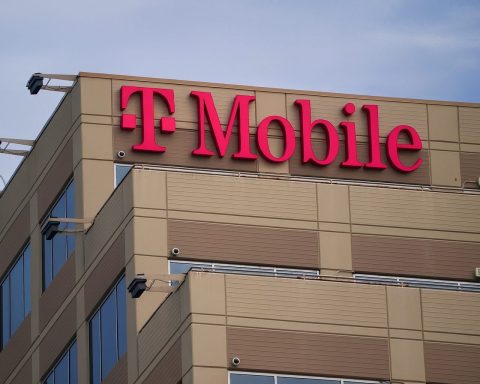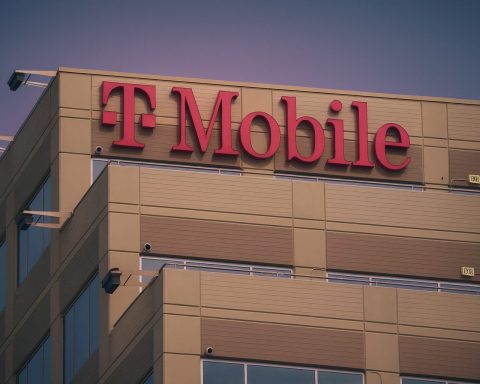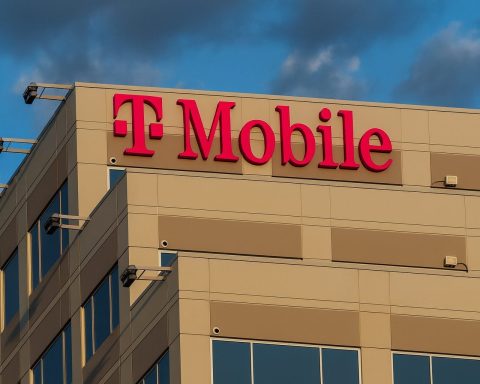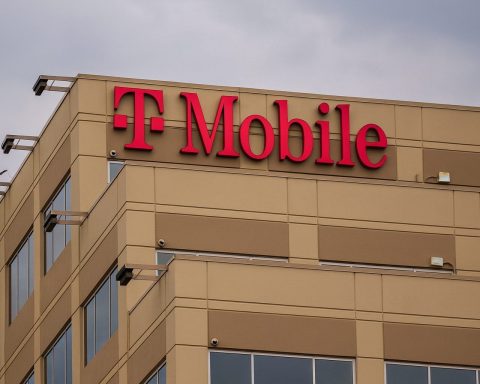
T-Mobile (TMUS) Stock Outlook After the November 21 Downgrade: Price War Fears, 5G Growth and a Bigger Dividend
T-Mobile US, Inc. (NASDAQ: TMUS) has entered the final stretch of 2025 with a mix of strong fundamentals and rising competitive fears. As of December 11, 2025, TMUS trades around $195 per share, roughly 29% below its 52‑week high of









